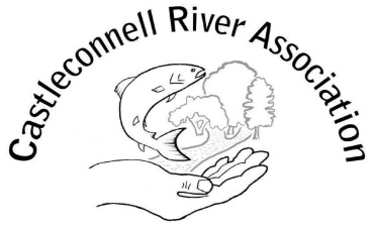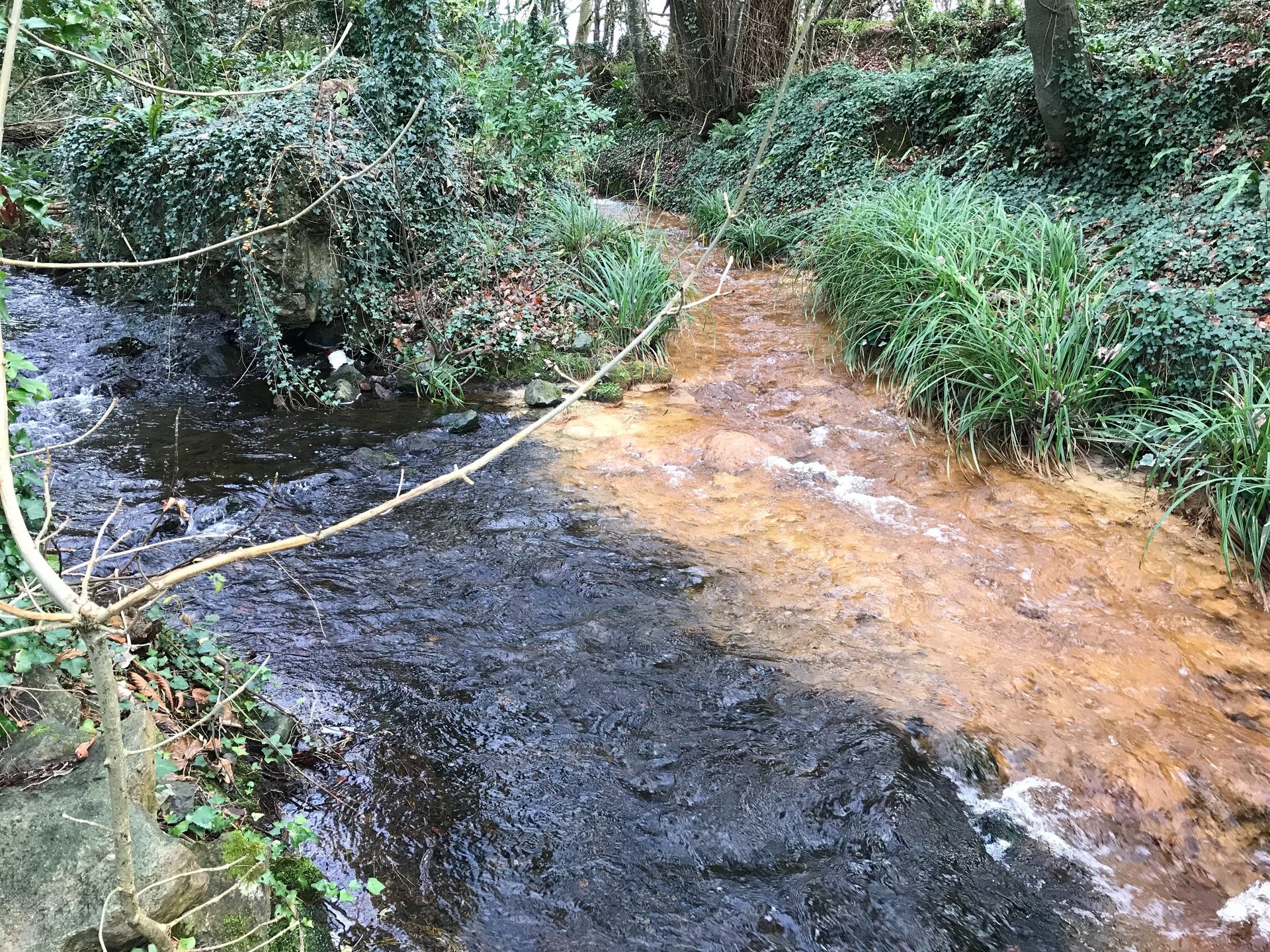
River Challenges
Environmental Challenges
EPA testing shows that the quality of water in the river Shannon from Lower Lough Derg to Castleconnell is “Poor”, and from Castleconnell to Limerick City it is “Moderate”. This level is too low for our native salmonid fish to thrive. Most of the tributaries flowing into our catchments are supplying either poor or moderate water quality, and then there is the human inflow (sewerage, roads runoff, septic tanks). The EPA ranks all but one of the tributaries flowing into our catchment as “At Risk” over the next few years, i.e. the quality may get worse.
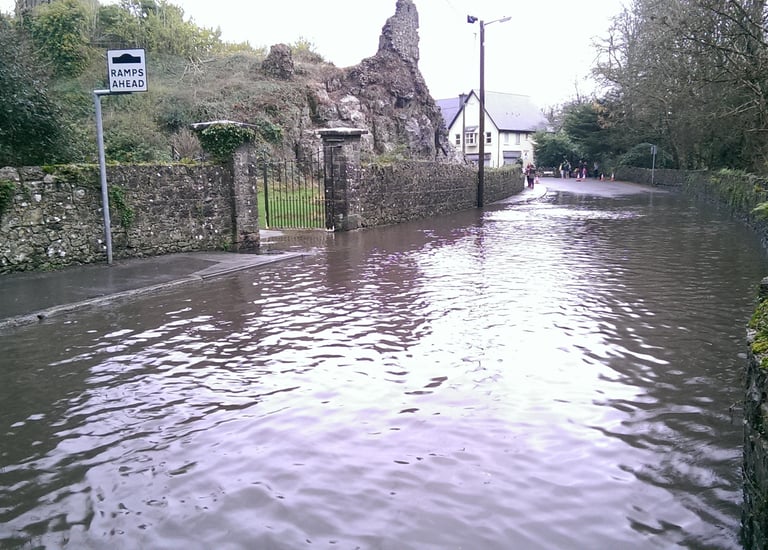

Climate Change
Climate change is significantly impacting the health and stability of the River Shannon. Rising temperatures, altered precipitation patterns, and increased frequency of extreme weather events are leading to changes in river flow, water quality, and aquatic ecosystems. These changes can result in flooding, drought, habitat degradation, and increased pollution, posing threats to both human populations and the environment. The flooding event on the left took place in Castleconnell, depositing significant silts and pollutants eventually into the river. Castleconnell's proposed flood relief scheme is currently (June 2025) going through An Coimisiún Pleanála.
The average temperatures of our waterways has risen over the last decades, and in hot summers can reach over 20 degC where our native fish are at hazard. This is particularly relevant in our tributary streams where there may be no deep pools or sufficient shade – the deep water of the main rivers offers refuge from heat, but a heightened risk of predators to young salmonids.
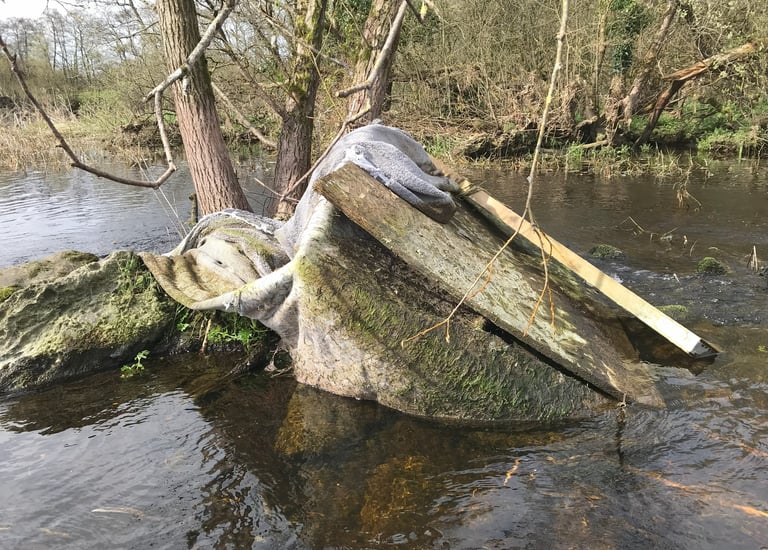

Pollution
Sewerage treatment plants exist at Ballina/Killaloe (being currently upgraded), Bridgetown, Montpelier/O’Briens Bridge, and sewerage from the Castleconnell area is pumped for treatment at Plassey, but the Castleconnell pumping station itself seems to be a constant source of pollution. Polluted water is currently entering the river at the Mall, and has been doing so for many years. CRA have been writing to Limerick CC about this for years, but all efforts to get to the bottom of this problem have failed so far. We all as a community need to get serious about this. This particular discharge is less than 10m from the nearest salmon spawning area, and approximately 3km upstream from the intake for the Clareville Waterworks, which serves Limerick City and County with drinking water. Waste water needs to be looked at if we are to achieve a high quality rating for the catchment. The current WFD Cycle 3 water quality rating is unfortunately poor to bad in the Castleconnell area.
Many discarded items end up in the river, broken-up boats, water-ski ramps and temporary slipways have been found, and because of the depth and flow of the river around Castleconnell cause everyday navigation hazards, not to mention pollution of the River Shannon.
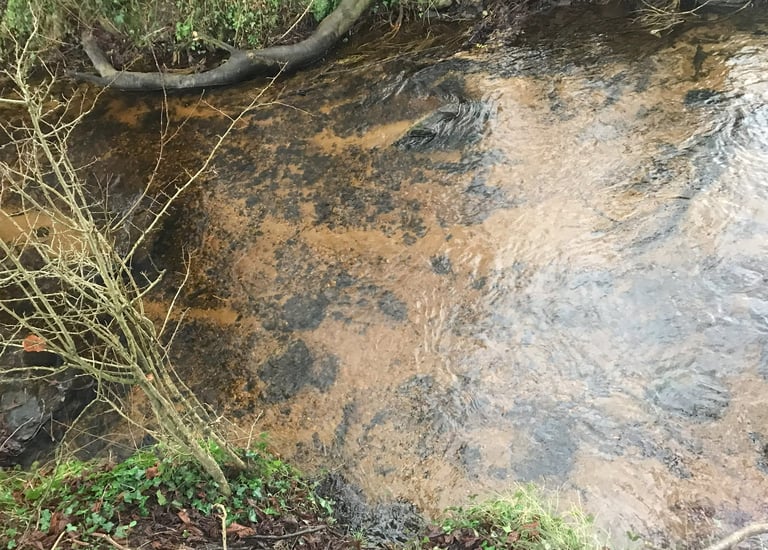

Silting
Silt comes from glacial deposits of sand and gravel that form part of the hills around. Very fine clay of glacial or closely postglacial origin forms the riverbed and in places part of the banks of the western stream over much of its course. This is being actively eroded due to its soft nature, and it contributes a lot of fine material to the sediment. Silt and clay is also contributed by the underlying weathered shales and sandstone which are being eroded in the upper streams. Silt is a natural part of this river, but normally it would be transported along the channel as quickly as it is washed in, leaving gravels clean and oxygenated. However, industrial quarrying and farming, present and past, may wash in more than the river can easily transport. Lack of silt traps in drainage dykes, overgrazed fields, and poorly specified drinking places or crossing points can add huge volumes of silt. When silt makes up a high percentage of stream sediment, insect life is adversely affected because there is no space under the sediment surface for insect larvae to live, and salmon and trout spawning is adversely affected because there is no oxygenated water between pebbles to keep fish eggs alive.
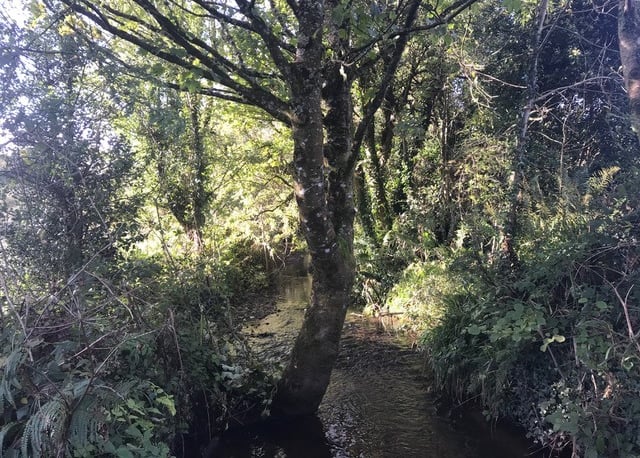

Bush and Tree Tunneling
If bushes and trees grow densely on both sides of a stream they will meet in the middle, and very little light will get into the stream. This is called tunnelling. Streams need some trees and bushes, to give shade from heat, substrate for insects to live on, and cover from predators. But too much shade is as bad as too much light, and 100% shade means that practically nothing will live in a stream, because there is no weed or algae to start the plant–insect–fish–bird–mammal food chain. What is required is alternating cover and light, cover and light. Some parts of the River Shannon and its tributaries are completely wooded over, with no light getting in for much of the growing part of the year.
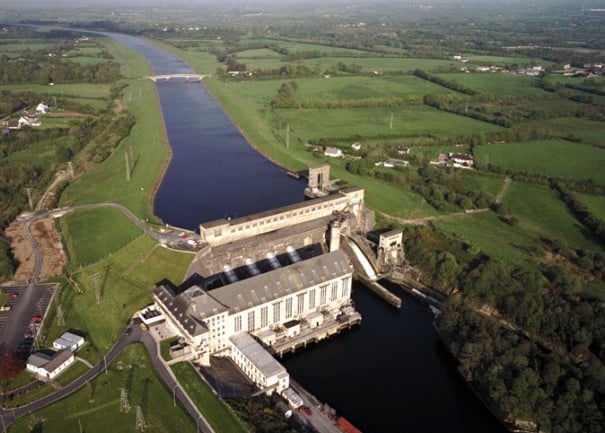

Disconnected migration routes in the Shannon
The Ardnacrusha Hydroelectric system is a physical impediment to all migratory fish living in the Shannon. The good news is that a project is underway (The Shannon Connectivity Project, under the control of the Department of Housing LGH, the ESB, and IFI) to ameliorate this situation, which we hope and expect will be fully operational by the centenary of Ardnacrusha (2029). The main casualties of migration impairment are salmon, silver eels, brown trout, and others.
Contact
© 2025. All rights reserved.
Supported and funded by
